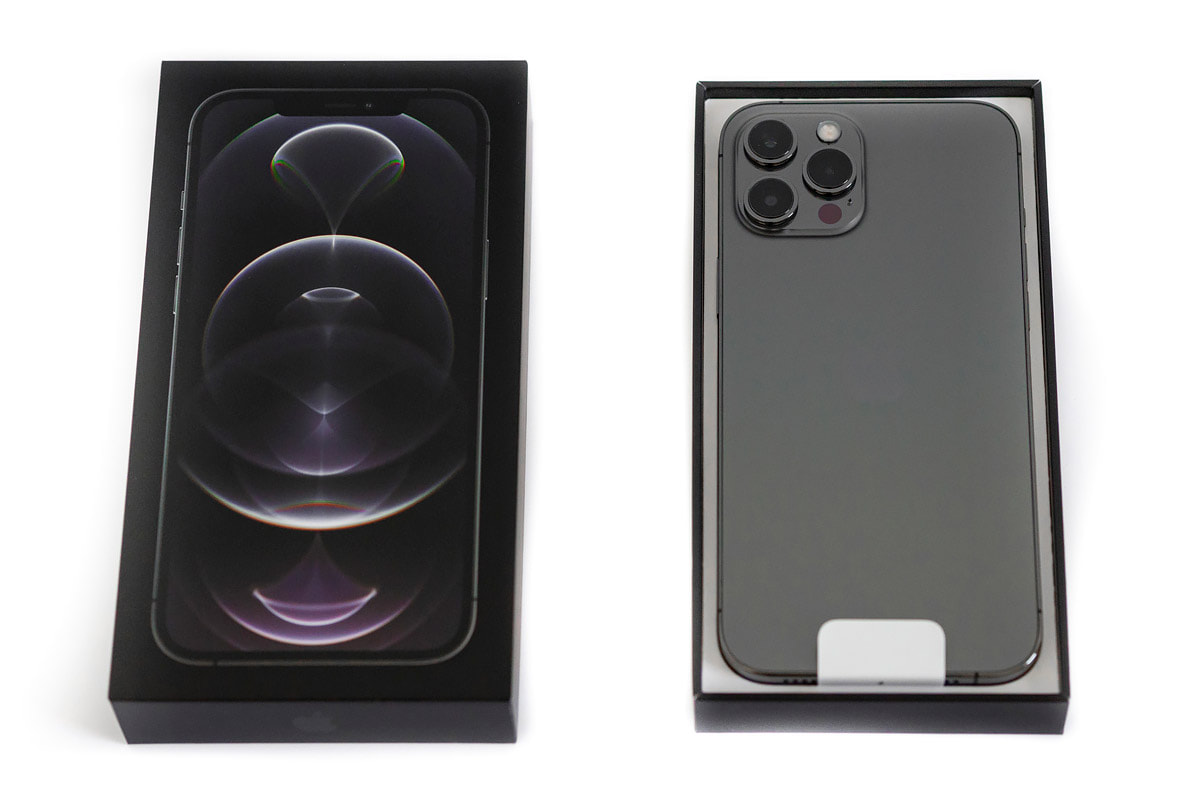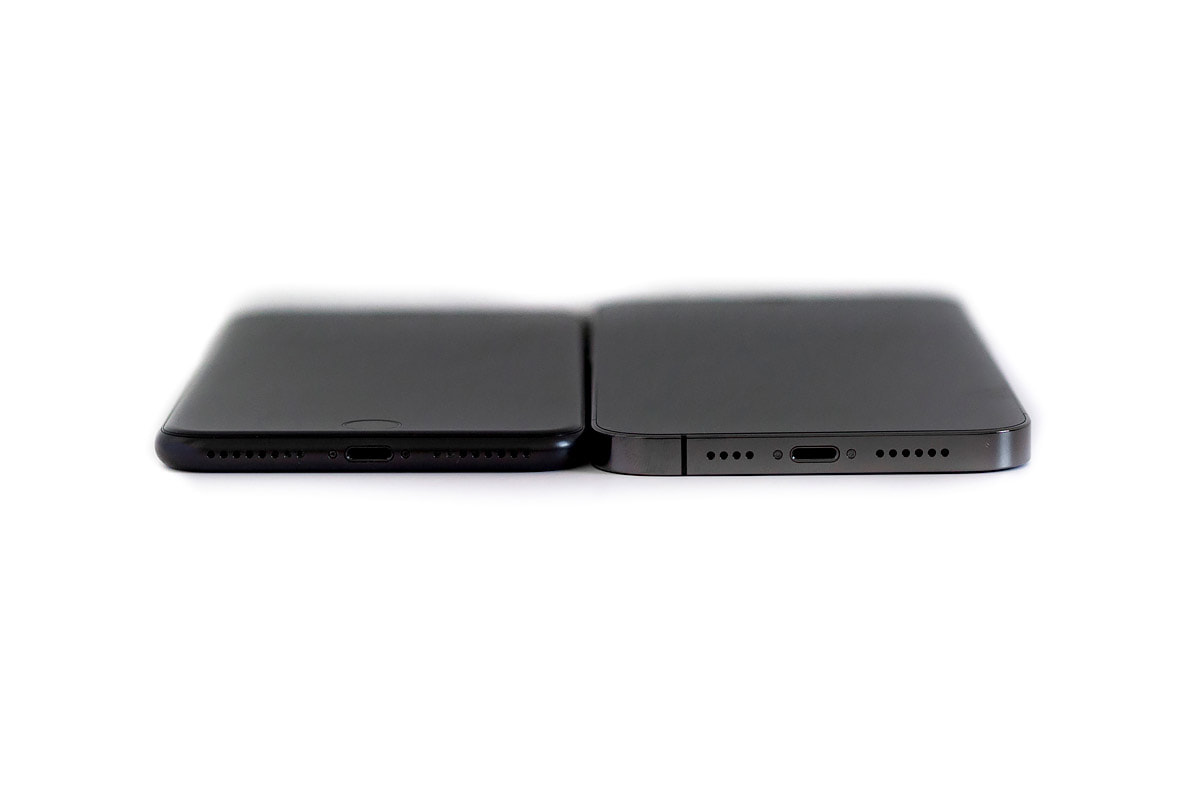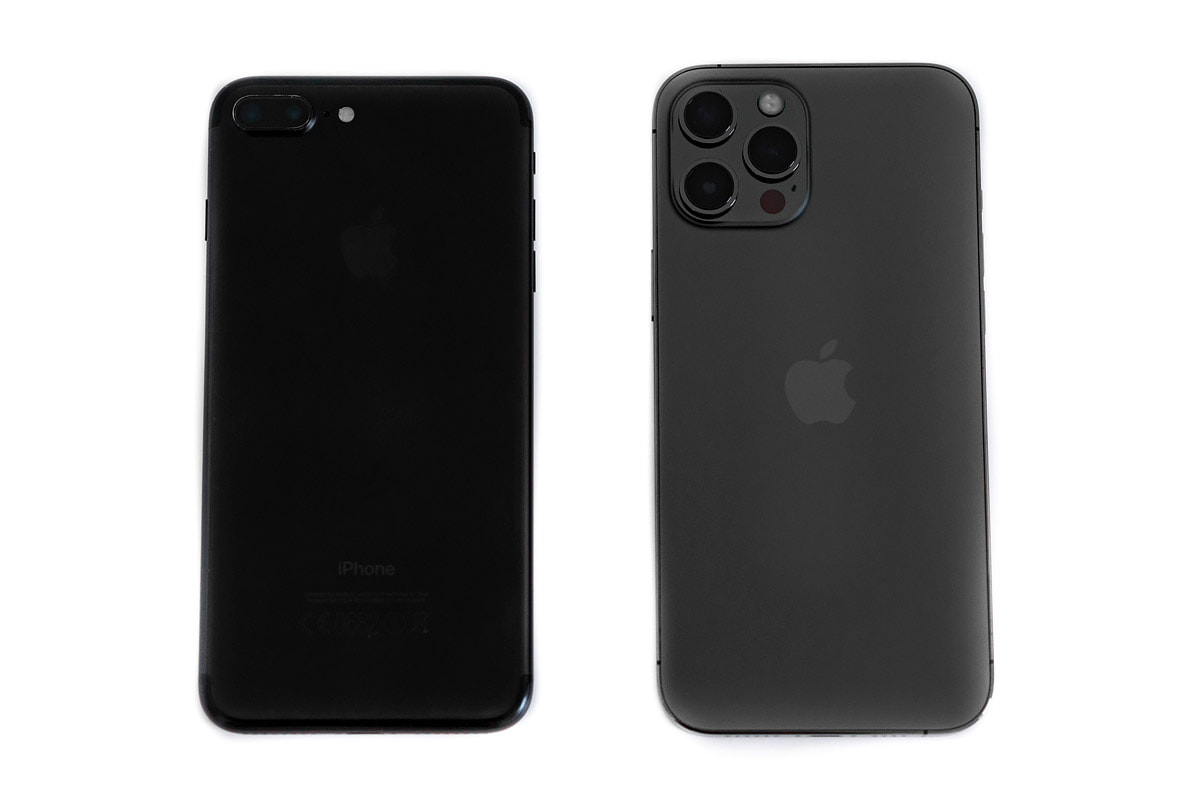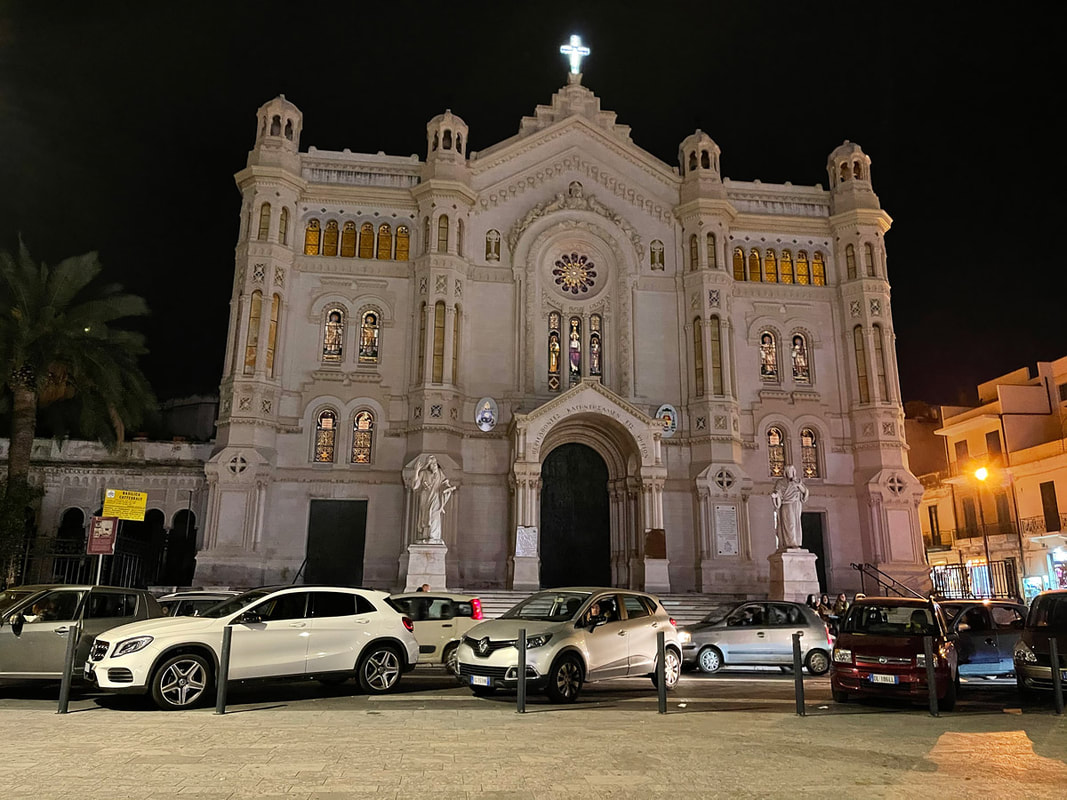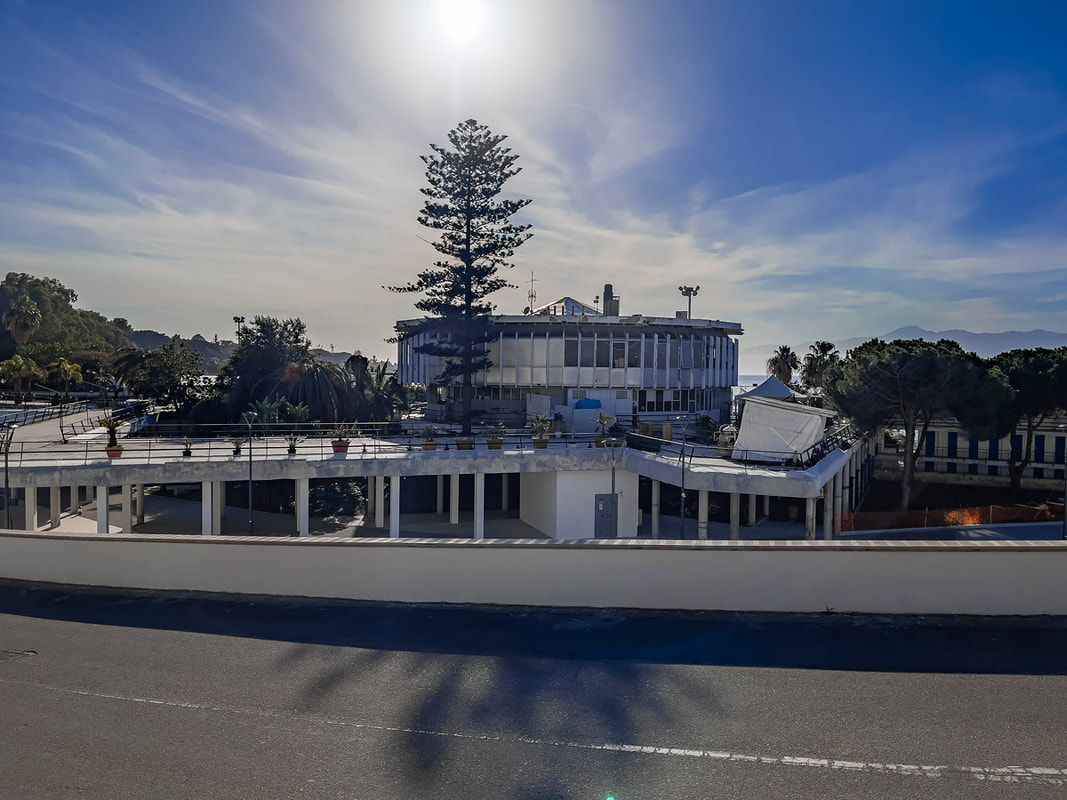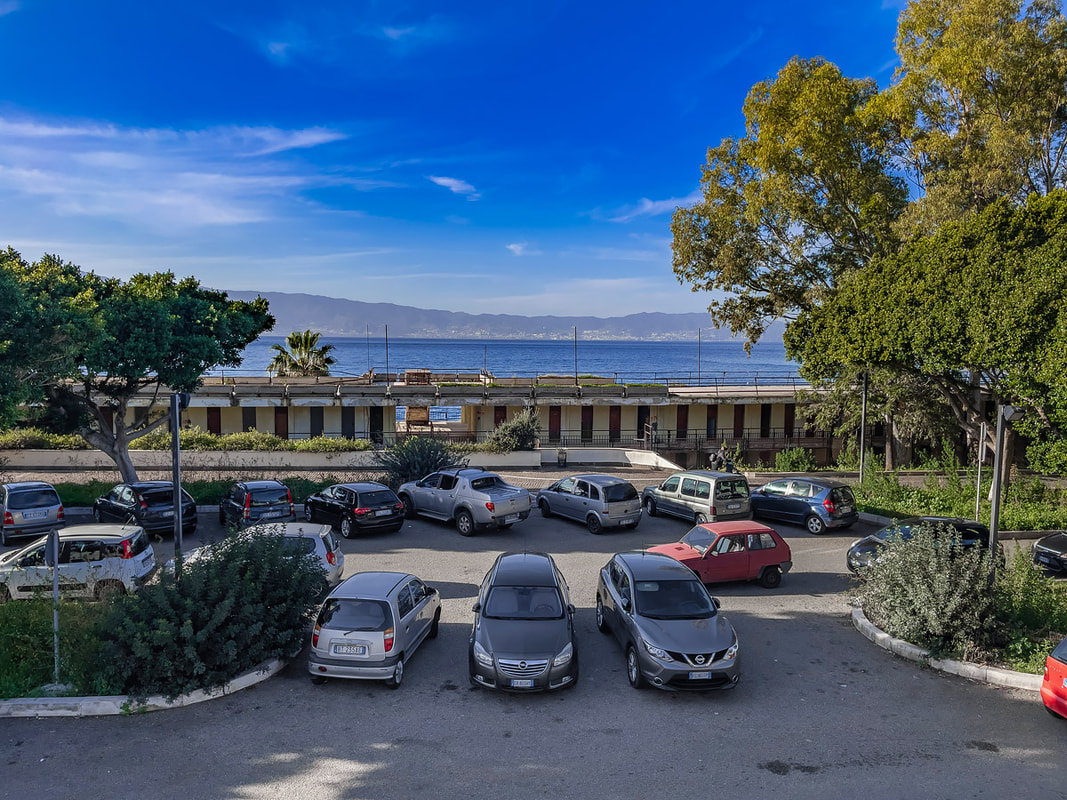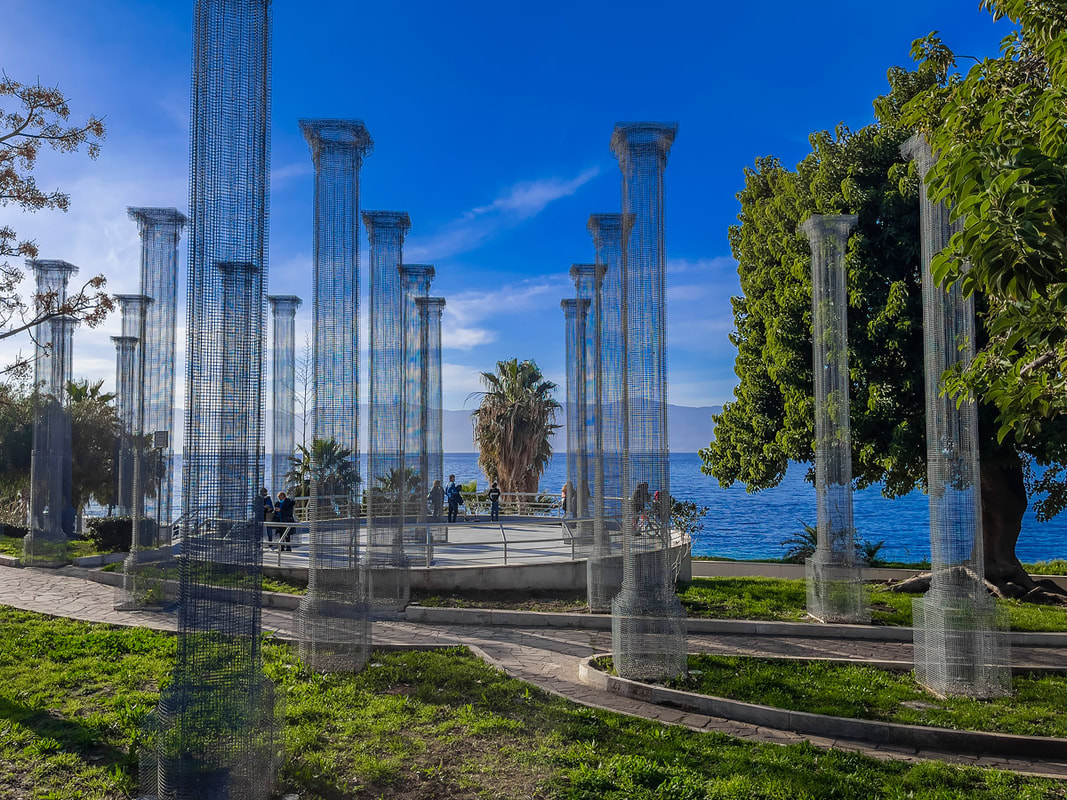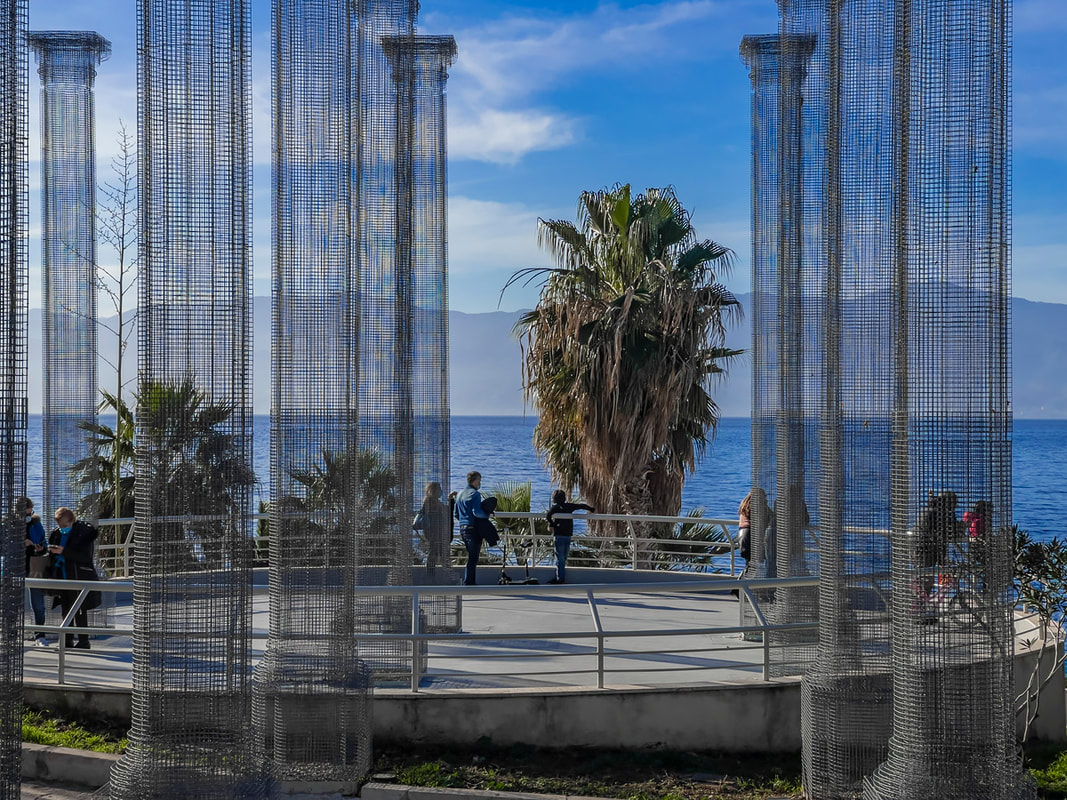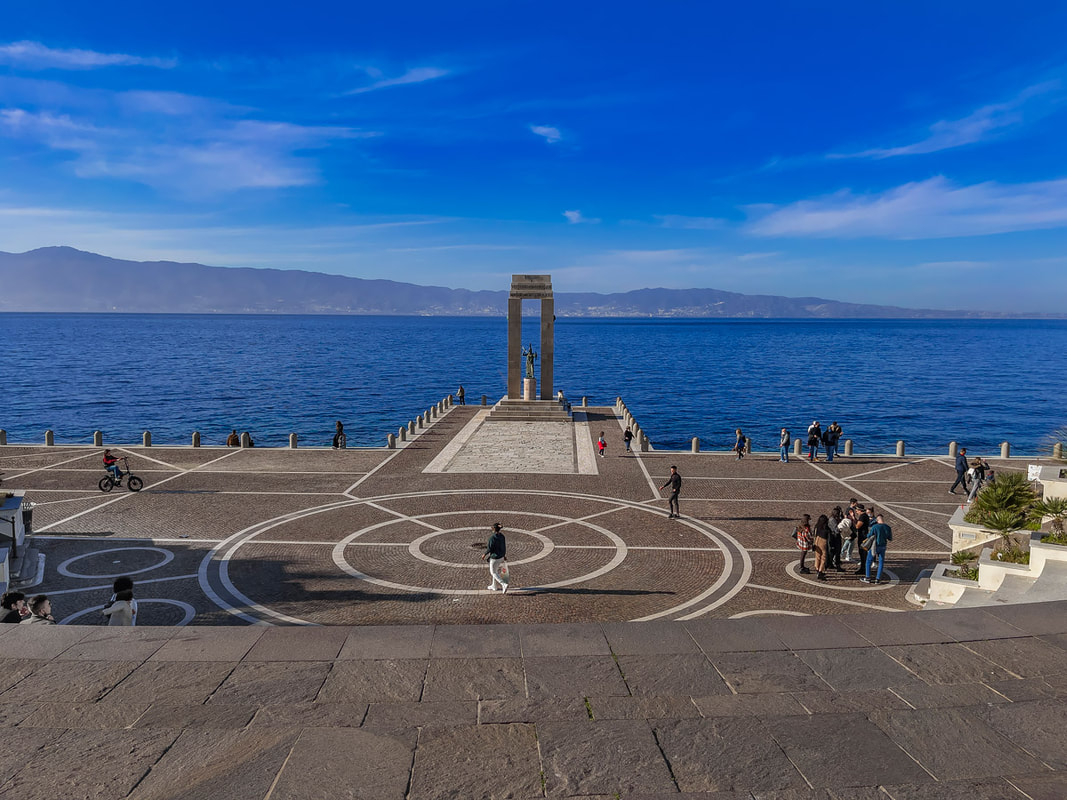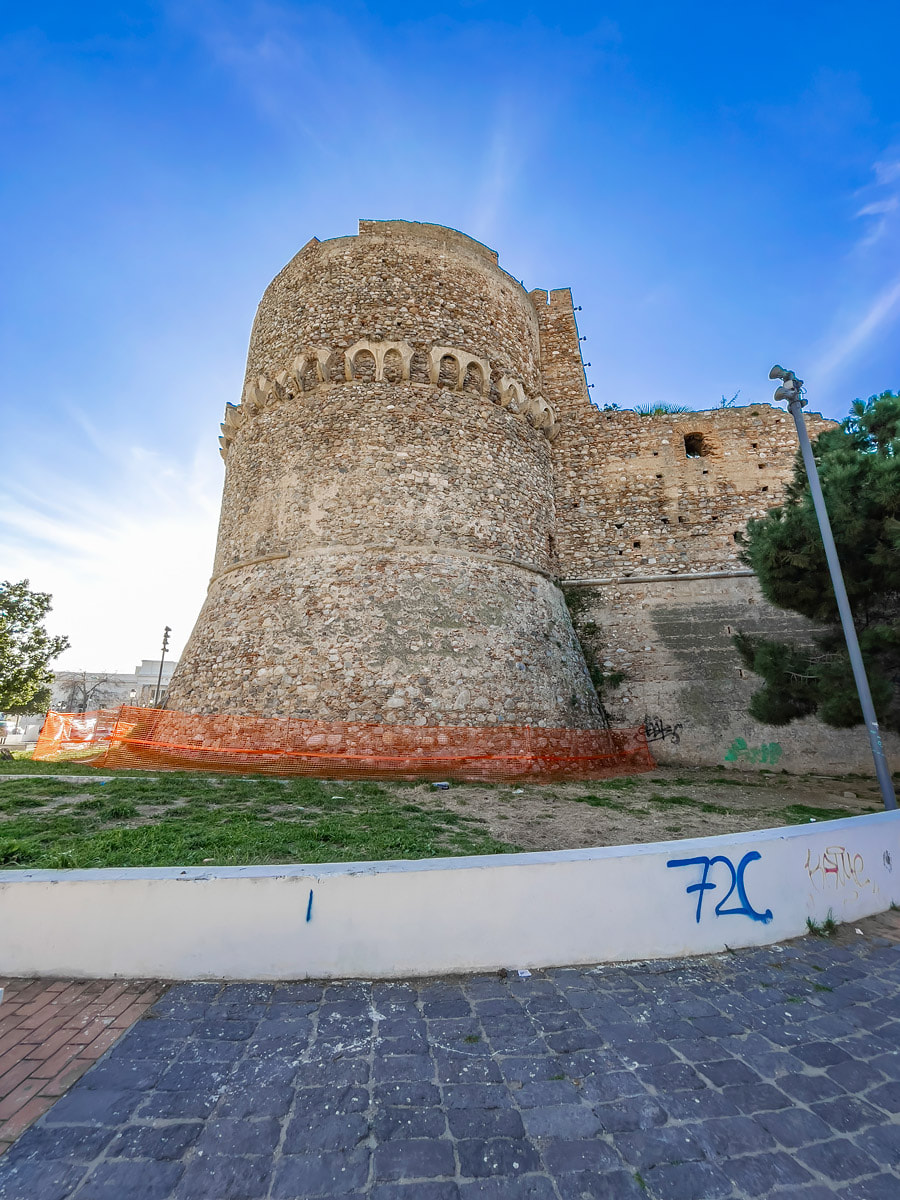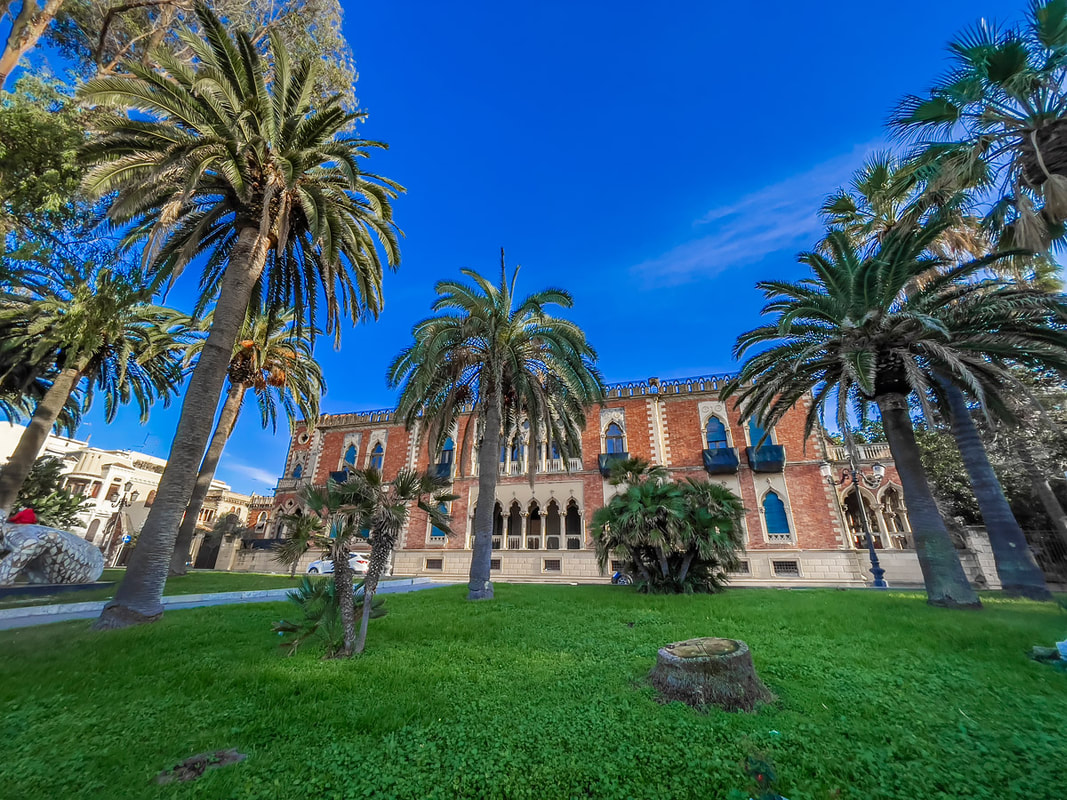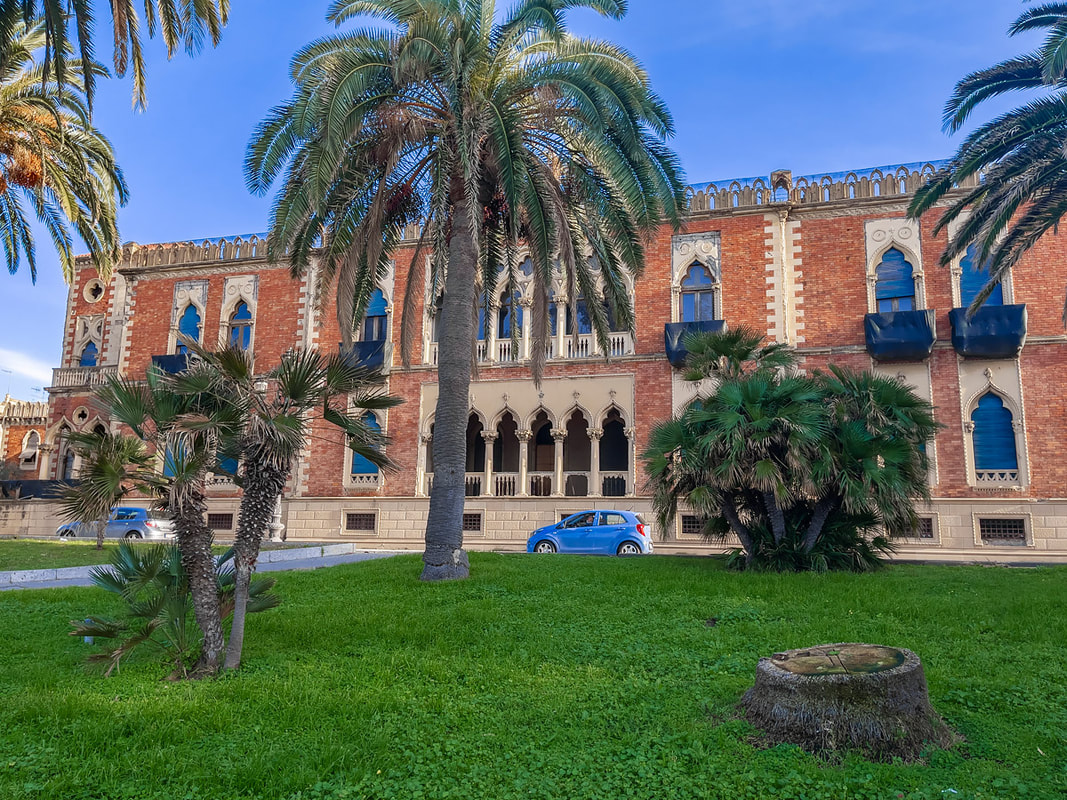By Antonio MalaraI own a total of 6 iPhones and there was a time when I bought the new model for two years in a row. Precisely in 2013 I bought the 5s and the year after the 6 only because the new design had been introduced. Naively I still didn’t know that the best design ever would be the one with the flat edges and even today, what I love most remains the design of the iPhone 4. The last year I changed phones was 2016 when I bought the iPhone 7 Plus, then nothing more for two simple reasons; the aspect ratio and because Apple had finally stopped slowing down the phones after the updates, making them obsolete after a few years. Already at the release of the iPhone X, comparing it with my 7 Plus I noticed that the screen was simply narrower and longer, in fact the images were seen wider on the 7 Plus. This year I honestly didn't want to buy the Max version but when I went to see and try the new iPhone line up, I noticed that only the 12 Pro Max had the widest screen of my 7 Plus. This was the reason that made me decide for the top of the range. Although initially I didn’t plan to review it, then I changed my mind because I noticed that everyone reviewed the iPhone mainly from the photographic aspect, therefore a subject of my competence. But first I'll start by talking about the user experience and compare it with that of my previous phone. Every year when Apple introduces the new phones, it shows an endless series of statistics, mostly these data show what percentage the phone is faster and more performing than the previous version. In the last years, however, much emphasis has been given especially to the photographic aspect of the device, so much so that one wonders whether the object in question is more a telephone or a digital camera. Given that I am not an engineer and neither are most of those who read this review, I will avoid listing the boring specifications, focusing mainly on personal experience. The experience with my new phone got off to a bad start because after losing more than 4 hours between updating, backup and restoring from the iPhone 7 Plus, I discovered that the photos had been transferred to the internal memory of the new iPhone rather than to the cloud. I’m solving the problem in a boring but more functional way that I’m not here to explain. Although I only had 50 GB free out of 256, the iPhone 12 Pro Max proved to be faster compared to the old one which still has 190 GB left. Even though it is heavier and slightly larger than the 7 Plus, the 12 Pro Max is much more practical in the user experience. Easier to take, easier to hold, you really don't notice the extra weight and bulk. All this is thanks to the flat edges, which in this case not only have a more beautiful design but they’re also more practical and functional. This is something that reassures me a lot because the size and weight were a strong doubt I had, the doubt that I would end up hating the phone because I thought I could not manage the bulk. Another perplexity was that of unlocking with Face ID and farewell to Touch ID. Personally, I have always been happy with the touch function, especially for using the phone for payments. Double clicking on the Touch ID instantly opens a wallet for payments, this is an operation that can be done by keeping the phone away from the body and using it only with one hand. This is convenient because normally the device receiving the payment is not close to us. If the same operation is done using the Face ID, you have to look at the phone and double click on the power button, it means that we have to stay close to the phone and the operation is less practical, moreover in these periods when we have to wear the mask, the operation is almost impossible. Except for this, all the other password unlocking operations using Face ID are much more practical and comfortable. Swipe movements have been around for years now but they are new to me. Initially I was not as fast as with the old phone, but slowly I’m getting carried away and above all the "return to home" is faster than pressing the button. In general, all swipe movements are more practical, it is I who am a bit slow because I want to prevent the phone from falling out of my hands. Probably with the smaller screen versions the movements are even easier. The oled display is certainly more vivid, clearer and more contrasted than the LED of the 7 Plus, but it has a negative note that is personal. By default the color temperature of the display is set halfway between hot and cold, however already with this setting it is definitely too yellow for my taste. I brought the color temperature totally to cold, even doing this, the display color looks yellow. Although I continue to prefer the totally cool color of the 7 Plus, I must say that I'm getting used to the new display which, however, as I said, is much better in other respects. Still with regard to the display, for reasons of space the battery percentage is no longer present in the top right, I solved it by putting the widget but I must say that in the case of the 12 Pro Max this problem solves itself! In fact, the battery performance is impressive! With the screen active you can use the phone for more than six hours and there’s 35% of battery left. Quietly you get to do two full days with heavy use, these are iPad numbers! This high-performance battery is worth the weight and bulk of the phone, my hope is that this performance can continue for years to come. Last note about general use and the display is about the landscape mode. I’m someone who spends lots of time on YouTube and I prefer to watch videos in landscape. I initially thought that the edges on the 7 Plus were more practical for holding the phone while viewing videos. To my surprise and for technical reasons I still don't understand, even with the thin edges of the 12 Max I have no problem holding the phone during video playback. In this case I can enjoy the much larger screen but without having practical problems, until now I have never happened to inadvertently touch parts of the screen. An even more positive thing than watching videos is the use of Pages always in landscape. I normally write on the iPad but I have to admit that the same experience on the iPhone is not bad at all. I did some tests and I confess that I wrote most of this post on the new phone, writing and correcting is a very convenient operation while removing and adding parts is something more complex to do. But having the potential to write professionally is a great thing because it allows me to take advantage of time that would otherwise be lost. In conclusion on the aspect of use I can say that the iPhone 12 Pro Max is definitely a step forward compared to my 7 Plus. All the doubts I had were unfounded, the 12 Max is more beautiful, practical, faster and has a larger, more functional and higher quality display. On top of that it has an infinite battery life for a phone. But since all the marketing of the new iPhone revolves around the photographic aspect, it is essential to analyze this point. I have to say that having 4 professional cameras, I have to laugh when they present these amazing performance phones. Certainly computational photography is making many steps forward but a camera that is aps-c or full frame is always another thing. Obviously what changes is the use you want to make of the photo and how photography is conceived in general, especially in modern times. I will try to evaluate the performance of the phone against a camera even if the comparison is improper. The camera of the iPhone 12 Pro Max has three different focal lengths, the ultra-wide, the wide angle and the telephoto lens capable of a 2.5x optical zoom. The 12 Max camera also has sensor shift, the optical image stabilizer on the sensor, records videos in 4K at 24-25-30 and 60 fps, for videos the sensor shift works only on the wide angle. Personally I don't use video mode so I think I'll study it better in the future. Then there are some interesting modes such as Smart HDR, night mode and above all the long-awaited Apple ProRaw. I will try to explain these methods in order. Smart HDR is a feature that by automatically taking three photographs, selects and combines the best dynamic range of each, taking the best of shadows, highlights and mid-tones. In addition to this also applies the noise reduction if the photo has some grain. The process is very fast, we seem to take a picture while in reality the phone has performed a real shooting and editing task in a few seconds. This function is certainly the most practical and beautiful to look at even if many times the file does not seem real. In fact, the perfect dynamic range is certainly not always natural, especially that produced by the iPhone. One of the flaws that can happen using Smart HDR is that excessive noise reduction can create a watercolor effect and therefore a consequent loss of depth. But let's move on to the long-awaited Apple ProRAW, that is the possibility of taking a raw file and then having the freedom to be able to edit it without losing information, either using apps on the phone such as Lightroom Mobile or on the Mac, in my case using Camera Raw. The function must be activated from the settings, then we have the possibility either to leave it always active or we can display it (deactivated) on the screen when we are in photo mode. This is certainly the most practical, in this way we can activate it on the fly only when we need it. Even using Apple ProRAW, it must be specified that the file that we will display on the phone will always be an edited file, whether the Smart HDR function is enabled or disabled. When it is imported into Lightroom Mobile in the case of the phone or on Camera Raw, we can see the raw file. What I've noticed is that the original DNG file always tends to be overexposed, I don't know what the reason is. I did a lot of testing shooting and editing files on both the phone and the Mac and I came to the conclusion that even if the raw gives space for better editing, it doesn't make that much of a difference especially if you are using Lightroom Mobile. In this case, editing a file in Smart HDR and editing a raw on the phone does not lead to visible differences, with the difference that a raw file has a weight of about 25 MB. If instead we import the raw file on the Mac, here there is more pleasure to edit especially because we view the much larger file (personally on a 27 inch monitor) so we can see all the details and at first glance it seems to edit the file from a camera. Surely on the Mac you can see the corrections but also the limits and defects that a small sensor produces. The most visible one (weakness that camera lenses also have) and the loss of definition and color at the edges when using ultra wide. This defect is very evident and the raw in this case cannot help. However, we must think that this result is given to us by a telephone, things unthinkable until a few years ago even using bridge cameras. In fact, I believe that even with its defects, the photos produced by the iPhone are better and more versatile even compared to bridge cameras. In conclusion, I believe that the possibility of shooting in raw is a good thing but to be used only on certain occasions. For example if we are facing a beautiful landscape and we think that from that photo we can also pull out a beautiful print. Or as explained other times, when we visit a place that we initially underestimate so we don't take the camera with us. In this regard, I talk more in depth in my post about San Marino (I also talk about the concept of photography in general), where I had a digital compact camera rather than my DSLR with me. At the time the phone was too limiting to produce decent images for a post, today with the new iPhone 12 Pro Max, shooting in raw can be done easily obtaining much better results than the compact camera I used in San Marino. So in my opinion, with this phone you can safely shoot using the Smart HDR function in most cases, possibly editing those files that you like best whether you want to share them or not. The "Night Mode" is nothing more than a long exposure based on the light that is there at that moment while we are photographing. It is a useful function when used on stationary subjects, such as buildings, panoramas or monuments, but when we try to take a photo of a person, he must remain stationary for the duration of the exposure, otherwise there is the chance that he will come out blurry. Instead, what I found very useful and performing for the subjects, is the flash. Finally, I can shoot in low light conditions and get results like those obtained with xenon flash. This level of quality is something I've always wanted and technology has finally brought it to me. This summer I will try to experiment with flash during clubbing at night (if we can, virus permitting) because it is from the days when I used to take the camera to the evenings that I don't have decent photos in night clubs. My final thoughts regarding the photographic part are the following: the phone is definitely a great photographic tool thanks to all the computational photography it has in it. Personally I feel safer to have this phone if I have to take a photo that I would like to print or if I ever meet a celebrity and not have one of my cameras with me. But here we must make a distinction; those who are advanced or enthusiastic photographers who own cameras will not need this or that phone. Personally I prefer to use my cameras, a practical alternative to this phone is my Fujifilm XT-20 with 18 mm prime lens. This camera produces much better files (and beautiful Fujifilm color simulations), plus I still prefer organizing photos on my computer and then transferring only the ones I need to my phone. However for ordinary people for whom photography is reduced to a moment to share on a social network this phone is more than great. Not functional as organization of photos (the gallery will still be managed by Apple software, not as complete as those of the cloud or Mac) but certainly another level compared to compact film and digital cameras, indeed the phone also has infinite photographic functions. SOOC Night Mode SamplesEdited Raw Files SamplesMy final thoughts regarding the phone as a whole are 100% positive. Keeping in mind that I updated the iPhone after four years, I was a bit behind in technology and especially with the iOS gestures. This phone does everything and very well, the flat edge design is what I have been waiting for for a long time, the speed and stability of the software are perfect, the size of the display not only makes me enjoy digital contents to the fullest but allows me to use the my favorite app which is Pages. I think 70% of this post I wrote using this iPhone so I can't ask for anything better. The great thing that I put on top of all is the infinite battery life. I have been using the phone for two months and the performance in this regard is the same as when the device was new, that is to say over eight hours of active use This means that I finally have a 360-degree device, for example I won't have to worry anymore when I'm on vacation, the phone will take me to the end of the day even using apps that drain the battery a lot like maps. It is difficult to find a negative thing about this phone, probably its size which is a good thing, will become a defect in the summer but this is a personal consideration. In fact, on summer nights I mostly use skinny clothing so I end up keeping the phone always in my hand. Regarding to this, I was thinking about the hypothesis of a new iPhone for next year, an iPhone 13 Pro Mini maybe so I could have a perfect phone to use only on summer nights. Pictures: Antonio Malara
2 Comments
Antonio
24/4/2024 11:10:43
Hola, cuando publiqué esto, el 7 plus tenía más de cuatro años, mientras el 12 Pro Max era nuevo.
Reply
Leave a Reply. |


